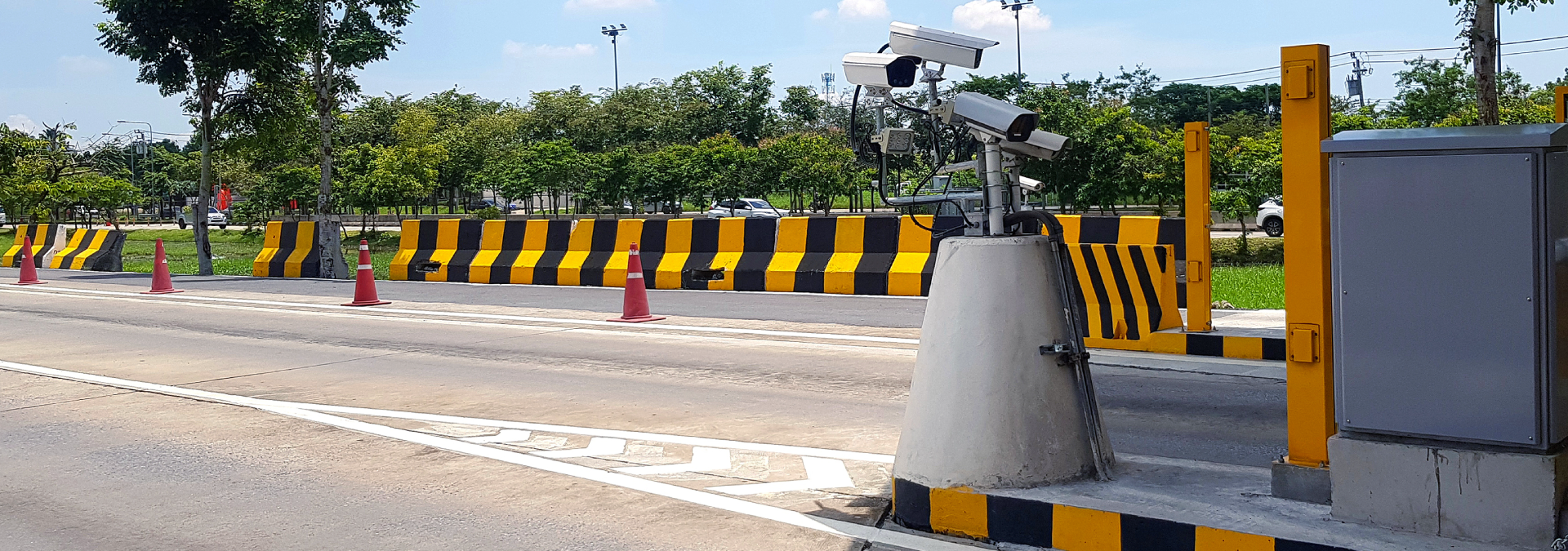
It is possible to automate the border control process thanks to implementing technologies that define the sequence of mandatory intervention by control institutions between countries through artificial intelligence, IoT sensors, cameras, scales, and other technological tools.
This project directly impacts Panama, Costa Rica, Nicaragua, Honduras, Guatemala, and El Salvador. More than 1,500 vehicles cross the border daily since 40% of trade occurs at night, and approximately 500,000 vehicles cross the border yearly.
Characteristics of the technological solution implemented
The main challenges are developing, installing, and configuring cutting-edge equipment for the border area. Specifically, it refers to establishing an "unattended station" that automatically identifies modes of transportation arriving at the border crossing and the circumstances of their travel to verify pre-declarations and other documents completed, transmitted, and registered in advance.
As part of this effort, more than 800 technological devices were put in place and implemented, including:
- 150 IoT cameras
- 15 barriers
- 25 RFID systems (technology that identifies and records data)
- Internet Protocol (IP).
- Datacenter monitoring center
- Digital posters
Our mission at SONDA is to develop agile, scalable, interoperable, and data-centered technological solutions that facilitate the creation of sustainable and efficient cities, improving citizens' quality of life.
Did you know?
As the first border facility with an inter-institutional control model, this case is a commitment to innovation, integrating different institutions intervening in the border process and streamlining numerous processes.
Latest news
Digital Business
Why the Digital Software Industry Drives Business Success?
The digital software industry has become the foundation of modern business success, reshaping operations and delivering exceptional customer experiences. With innovative tools and platforms, companies can innovate, remain competitive, and respond to constant market changes.
Smart Cities & Mobility
Smart Cities Connect
Technology
Smart Cities Connect Conference
We are excited to announce that SONDA, a leader in digital transformation, will be participating in the prestigious Smart Cities Connect Conference & Expo 2025 from April 14-16 in San Antonio, Texas.
Technology
SONDA's Digital Software Factory: Transforming Businesses Through Innovation and Automation
In today's fast-changing world, businesses must embrace innovation to thrive. SONDA, a leader in digital transformation, has developed a powerful solution to help companies meet these demands: the Digital Software Factory (DSF).
